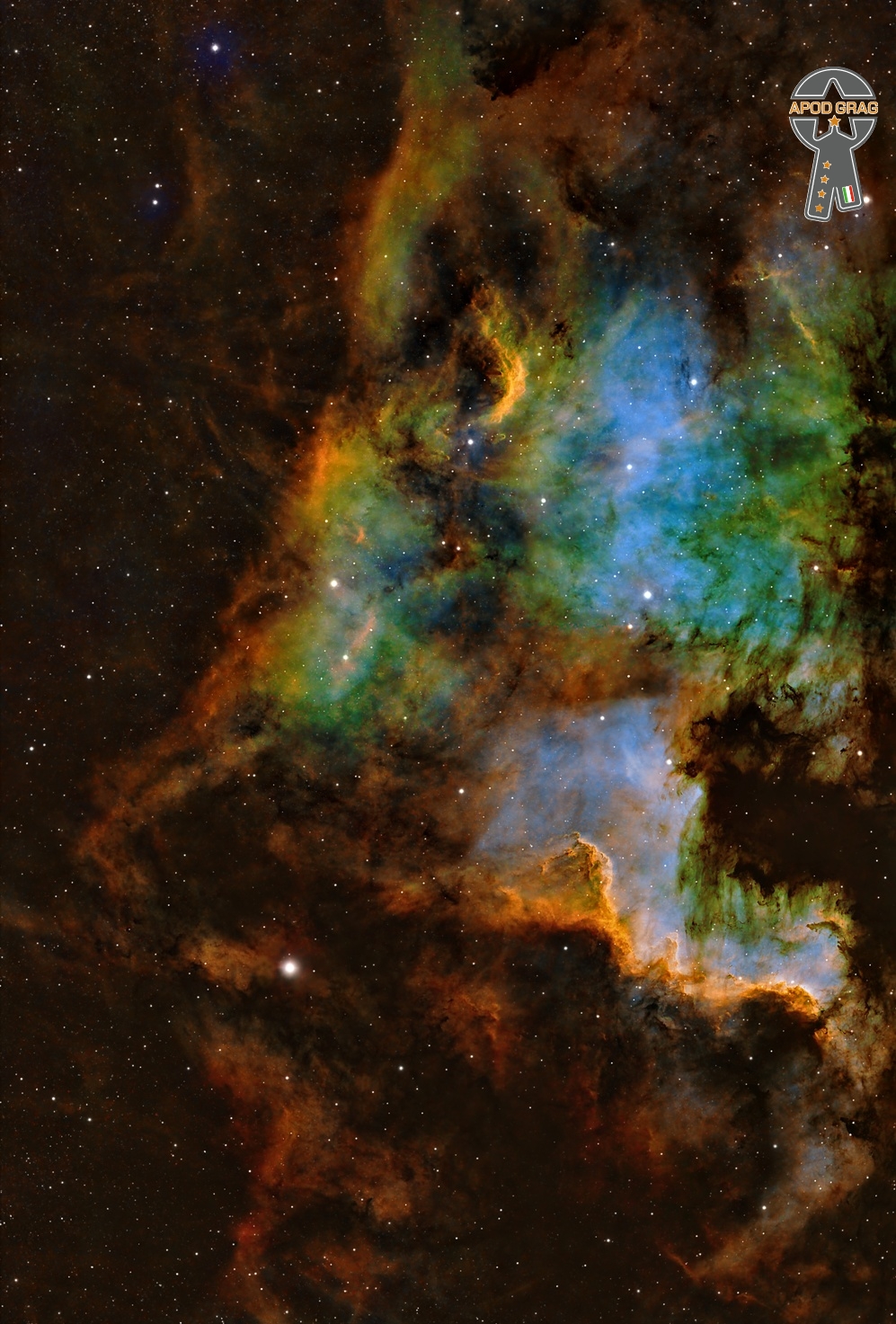Blog
Imam Mohammad Ahmad Eissa (Arabic: إمام محمد أحمد عيسى) or Sheikh Imam (Arabic: الشيخ إمام; July 2, 1918 – June 6, 1995) was a famous Egyptian composer and singer. For most of his life, he formed a duo with the famous Egyptian colloquial poet Ahmed Fouad Negm. Together, they were known for their political songs in favor of the poor and the working classes.
more...Ahmad Jamal (born Frederick Russell Jones; July 2, 1930 – April 16, 2023) was an American jazz pianist, composer, bandleader, and educator. For six decades, he was one of the most successful small-group leaders in jazz. He was a National Endowment for the Arts (NEA) Jazz Master and won a Lifetime Achievement Grammyfor his contributions to music history.
Jamal was born Frederick Russell Jones in Pittsburgh, Pennsylvania, on July 2, 1930.He began playing piano at the age of three, when his uncle Lawrence challenged him to duplicate what he was playing. Jamal began formal piano training at the age of seven with Mary Cardwell Dawson, whom he said greatly influenced him. His Pittsburgh roots remained an important part of his identity (“Pittsburgh meant everything to me and it still does,” he said in 2001) and it was there that he was immersed in the influence of jazz artists such as Earl Hines, Billy Strayhorn, Mary Lou Williams, and Erroll Garner. Jamal studied with pianist James Miller and began playing piano professionally at the age of fourteen, at which point he was recognized as a “coming great” by the pianist Art Tatum. When asked about his practice habits by a critic from The New York Times, Jamal commented that, “I used to practice and practice with the door open, hoping someone would come by and discover me. I was never the practitioner in the sense of twelve hours a day, but I always thought about music. I think about music all the time.
more...I love reggae and have spent over 30 years performing and producing this music. Some criticize it and do not accept it as a viable musical genre. However the United Nations Educational, Scientific and Cultural Organization UNSECO has designated reggae music as an “intangible cultural heritage of humanity.” It is a voice of the people much like folk, punk, blues, jazz and so many voices in harmony across the world!
This is a small contribution of mine.

Around 11 000 years ago a massive star ended its life in a powerful explosion, known as a supernova. During explosions like this, shock waves ripple out through the surrounding gas, compressing it into intricate thread-like structures. The energy that’s released during a supernova then heats these threads, causing them to shine brightly. The result is what we can see in this Picture of the Week: the Vela supernova remnant.
This picture is just a small chunk of a much larger image, taken with the OmegaCAM instrument on the VLT Survey Telescope (VST), which is hosted at ESO’s Paranal Observatory. At only 800 light-years from Earth, the Vela supernova remnant is one of the closest examples of these dramatic events. Thanks to its proximity we can study this object in great detail, to help us understand what happens when massive stars reach the end of their life in spectacular fashion.

Deborah Ann Harry (born Angela Trimble; July 1, 1945) is an American singer, songwriter and actress, best known as the lead vocalist of the band Blondie. Four of her songs with the band reached No. 1 on the US charts between 1979 and 1981.
Born in Miami, Florida, Harry was adopted as an infant and raised in Hawthorne, New Jersey. After college she worked various jobs—as a dancer, a Playboy Bunny, and a secretary (including at the BBC in New York)—before her breakthrough in the music industry. She co-formed Blondie in 1974 in New York City. The band released its eponymous debut studio album in 1976 and released three more studio albums between then and 1979, including Parallel Lines, which spawned six singles, including “Heart of Glass“. Their fifth studio album, Autoamerican (1980), produced hits such as a cover of “The Tide Is High“, and “Rapture“, which is considered the first rap song to chart at number one in the United States.
Harry released her debut solo studio album, KooKoo, in 1981. During a Blondie hiatus, she embarked on an acting career, appearing in lead roles in the neo-noir Union City(1980) and in David Cronenberg‘s body horror film Videodrome (1983). She released her second solo studio album, 1986’s Rockbird, and starred in John Waters‘s cult dance film Hairspray (1988). She released two more solo albums between then and 1993, before returning to film with roles in a John Carpenter-directed segment of the horror film Body Bags (1993), and in the drama Heavy (1995).
Blondie reunited in the late 1990s, releasing No Exit (1999), followed by The Curse of Blondie (2003). Harry continued to appear in independent films throughout the 2000s, including Deuces Wild (2002), My Life Without Me (2003) and Elegy (2008). With Blondie, she released the group’s ninth studio album, Panic of Girls, in 2011, followed by Ghosts of Download (2014). The band’s eleventh studio album, 2017’s Pollinator, charted at number 4 in the United Kingdom.
more...Rashied Ali, born Robert Patterson (July 1, 1933 – August 12, 2009) was an American free jazz and avant-garde drummer who was best known for performing with John Coltrane in the last years of Coltrane’s life.
Patterson was born and raised in Philadelphia, Pennsylvania. His family was musical; his mother sang with Jimmie Lunceford. His brother, Muhammad Ali, is also a drummer, who played with Albert Ayler. Ali, his brother, and his father converted to Islam. Starting off as a pianist, he eventually took up the drums, via trumpet and trombone. He joined the United States Army and played with military bands during the Korean War. After his military service, he returned home and studied with Philly Joe Jones, then toured with Sonny Rollins.
more...James Henry Cotton (July 1, 1935 – March 16, 2017) was an American bluesharmonica player, singer and songwriter, who performed and recorded with many fellow blues artists and with his own band. He also played drums early in his career.
Cotton began his professional career playing the blues harp in Howlin’ Wolf‘s band in the early 1950s. He made his first recordings in Memphis for Sun Records, under the direction of Sam Phillips. In 1955, he was recruited by Muddy Waters to come to Chicago and join his band. Cotton became Muddy’s bandleader and stayed with the group until 1965. In 1965, he formed the Jimmy Cotton Blues Quartet, with Otis Spann on piano, to record between gigs with the Muddy Waters band. He eventually left to form his own full-time touring group. His first full album, on Verve Records, was produced by the guitarist Mike Bloomfield and the singer and songwriter Nick Gravenites, who later were members of the band Electric Flag.
In the 1970s, Cotton played harmonica on Muddy Waters’ Grammy Award–winning 1977 album Hard Again, produced by Johnny Winter. Cotton was born in Tunica, Mississippi.
more...William James Dixon (July 1, 1915 – January 29, 1992) was an American bluesmusician, vocalist, songwriter, arranger and record producer. He was proficient in playing both the upright bass and the guitar, and sang with a distinctive voice, but he is perhaps best known as one of the most prolific songwriters of his time. Next to Muddy Waters, Dixon is recognized as the most influential person in shaping the post–World War II sound of the Chicago blues.
Dixon’s songs have been recorded by countless musicians in many genres as well as by various ensembles in which he participated. A short list of his most famous compositions includes “Hoochie Coochie Man“, “I Just Want to Make Love to You“, “Little Red Rooster“, “My Babe“, “Spoonful“, and “You Can’t Judge a Book by the Cover“. These songs were written during the peak years of Chess Records, from 1950 to 1965, and were performed by Muddy Waters, Howlin’ Wolf, Little Walter, and Bo Diddley; they influenced a generation of musicians worldwide.
Dixon was an important link between the blues and rock and roll, working with Little Walter, Chuck Berry, and Bo Diddley in the late 1950s. In the 1960s, his songs were adapted by numerous rock artists. He received a Grammy Award and was inducted into the Blues Hall of Fame, the Rock and Roll Hall of Fame, and the Songwriters Hall of Fame.
more...The North America Nebula (NGC 7000 or Caldwell 20) is an emission nebula in the constellation Cygnus, close to Deneb (the tail of the swan and its brightest star). It is named because its shape resembles North America. 2200ly.

Stanley Clarke (born June 30, 1951) is an American bassist, composer and founding member of Return to Forever, one of the first jazz fusion bands. Clarke gave the bass guitar a prominence it lacked in jazz-related music. He is the first jazz-fusion bassist to headline tours, sell out shows worldwide and have recordings reach gold status.
Clarke is a 5-time Grammy winner, with 15 nominations, 3 as a solo artist, 1 with the Stanley Clarke Band, and 1 with Return to Forever. Clarke was selected to become a 2022 recipient of the National Endowment for the Arts Jazz Masters Fellowship.
A Stanley Clarke electric bass is permanently on display at the National Museum of African American History and Culture in Washington, D.C. Clarke was born on June 30, 1951, in Philadelphia.
more...Andrew Hill (June 30, 1931 – April 20, 2007) was an American jazz pianist and composer.
Jazz critic John Fordham described Hill as a “uniquely gifted composer, pianist and educator” although “his status remained largely inside knowledge in the jazz world for most of his career.”
Hill recorded for Blue Note Records for nearly a decade, producing a dozen albums.
Hill was born in Chicago, Illinois, to William and Hattie Hill. He had a brother, Robert, who was a singer and classical violin player. Hill took up the piano at the age of thirteen, and was encouraged by Earl Hines. As a child, he attended the University of Chicago Experimental School. He was referred by jazz composer Bill Russo to Paul Hindemith, with whom he studied informally until 1952.
more...
Lena Mary Calhoun Horne (June 30, 1917 – May 9, 2010) was an American singer, actress, dancer, and civil rights activist. Horne’s career spanned more than seventy years and covered film, television, and theatre. Horne joined the chorus of the Cotton Club at the age of sixteen and became a nightclub performer before moving on to Hollywood and Broadway.
A groundbreaking African-American performer, Horne advocated for civil rights and took part in the March on Washington in August 1963. Later she returned to her roots as a nightclub performer and continued to work on television while releasing well-received record albums. She announced her retirement in March 1980, but the next year starred in a one-woman show, Lena Horne: The Lady and Her Music, which ran for more than 300 performances on Broadway. She then toured the country in the show, earning numerous awards and accolades. Horne continued recording and performing sporadically into the 1990s, retreating from the public eye in 2000.
Lena Horne was born in Bedford–Stuyvesant, Brooklyn. Both sides of her family were biracial African Americans. She belonged to the well-educated upper stratum of Black New Yorkers at the time. She lived the first five years of her life in a brownstone at 519 Macon Street.
more...Prayers are needed and so vitally important immediately. One of my closest partners in crime Van Nixon (singer-songwriter) recently had heart surgery. And Devon Evans (percussionist) was transported back to Abbott for added complications due to a stroke. Please keep these brothers in your thoughts and prayers as they will need your empathy, goodness and healing blessings! Finally my drum buddy Steve Fine passed and we need prayers for his family & friends They are feeling a huge loss to our community!

More Posts
- Pancho Sanchez Day
- Clifford Brown Day
- World Music with AR Log
- Daily Roots with Winston Hussey
- The Cosmos with PGC 42871
- Denny Laine Day
- Pim Jacobs Day
- Zoot Sims Day
- World Music with Troka
- Daily Roots with Hugh Madoo
- The Cosmos with NGC 604
- Ben Harper Day
- Richard Bona Day
- Glen Moore Day
- World Music with Maisey Rika
- Daily Roots with Horace and Patrick Andy
- The Cosmos with NGC 6888
- Amir Perelman Day
- Phillip Catherine Day
- Henry Townsend Day
